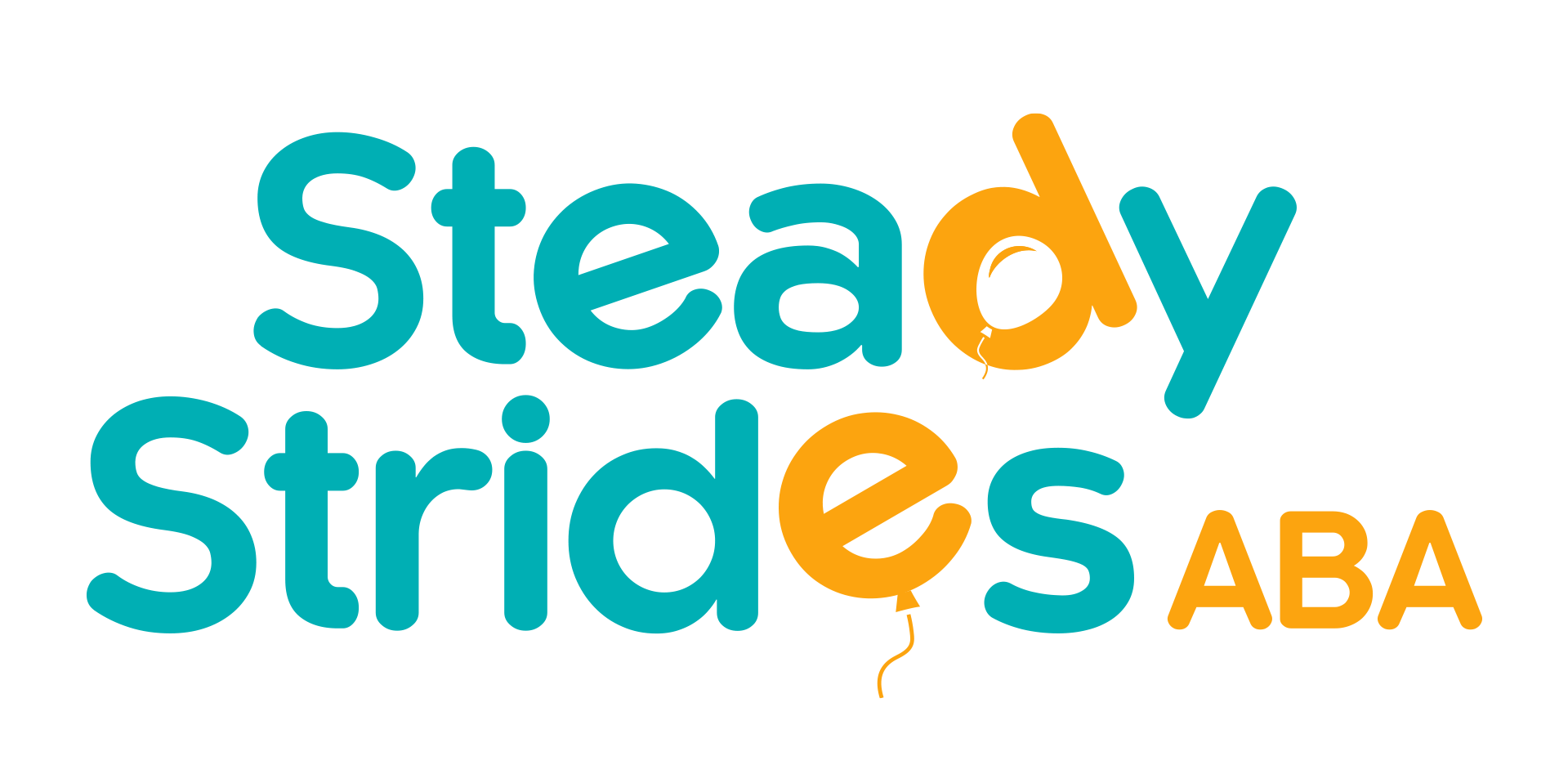Remote work has become mainstream, opening new doors when exploring work from home jobs for autistic adults. In 2022, 56 percent of U.S. workers had at least some remote options. These positions can offer sensory-friendly setups, fewer social demands, and schedules that match individual routines.
This article lays out clear steps for identifying personal strengths, exploring fitting roles, acing interviews, managing workplace challenges, and tapping into accommodations and support networks.
Understand Remote Work Benefits
Remote positions can offer several key advantages for autistic adults:
- Customizable sensory environment that reduces distractions
- Lower social interaction demands compared to on-site offices
- Flexible scheduling and routine management
Tailor Sensory Environment
At home, individuals can adjust lighting, noise levels, and workspace layout to suit personal needs. This control helps minimize sensory overload and supports sustained focus.
Minimize Social Demands
Remote roles often rely on written communication over face-to-face meetings. That format can ease social anxiety and streamline collaboration through email or messaging tools.
Structure Your Schedule
Telecommute positions usually allow flexible hours or set windows for availability. Autistic adults can build routines around peak productivity times, breaks, and self-care practices.
Identify Strengths and Preferences
Matching a role to personal traits boosts satisfaction and performance. A clear self-assessment guides job seekers toward the best fits.
Assess Skills and Interests
They should list technical abilities, attention to detail, and creative talents. Reflecting on past successes like mastering software or organizing projects highlights marketable skills.
Define Scheduling Needs
Some individuals thrive with strict routines, while others prefer morning or evening blocks of work. Clarifying preferred hours prevents unexpected stress once employed.
Evaluate Work Settings
Home offices vary from shared spaces to private rooms. Identifying ideal environments such as quiet corners, noise-cancelling headphones, or visual timers ensures day-to-day comfort.
Explore Job Opportunities
A
range of remote roles aligns well with the strengths of many autistic adults.
Key Skills: Spreadsheet software, data management
Key Skills: Research, writing, editing
Key Skills: Design software, creativity
Key Skills: Programming languages, troubleshooting
Key Skills: Communication, organization
Each category can be found on major platforms like LinkedIn or Upwork, as well as specialty sites such as Specialisterne and Aspiritech.
Prepare for Successful Interviews
A well-planned approach can ease anxiety and highlight strengths during the hiring process.
Understand Job Requirements
Carefully review postings to identify must-have qualifications, preferred experience, and core responsibilities. Matching past work or training to those criteria strengthens the application.
Practice Interview Responses
- Draft answers to common questions about background and problem solving
- Use concise language and examples that showcase perseverance or technical skill
- Rehearse via video call or mock interview to build confidence
Plan Strategic Disclosures
Deciding whether to mention an autism diagnosis is personal. When done thoughtfully, sharing accommodations needs like extended deadlines or written instructions can lead to a better fit.
Manage Workplace Challenges
Even in remote roles, certain hurdles can arise. Proactive strategies make daily tasks more manageable.
Organization and Time Management
Digital planners, visual calendars, and task-tracking tools help maintain clear priorities. Time-blocking techniques support focus on one assignment at a time.
Communication and Feedback
Setting clear check-in schedules with supervisors reduces misunderstandings. Written summaries after meetings create a record of expectations and next steps.
Stress and Sensory Coping
Regular breaks for movement, breathing exercises, or short walks can prevent burnout. Adjusting background noise using white-noise apps or soft musicsupports a calm workspace.
Access Support and Resources
A variety of organizations and platforms exist to guide and connect autistic job seekers.
Online Job Platforms
- General marketplaces: LinkedIn, Upwork
- Neurodiversity-focused sites: Specialisterne, Aspiritech, Daivergent, Spectroomz
Autism Support Networks
- Autism Society National Helpline
- Asperger/Autism Network (AANE)
- The National Autistic Society
- Autism Canada
- Autism Spectrum Australia
These groups offer helplines, mentorship, and guidance on workplace accommodations.
Professional Therapies
Applied Behavior Analysis (ABA) therapy helps develop communication, problem-solving, and stress management skills for professional success.
Utilize Reasonable Accommodations
Legal protections under the Americans with Disabilities Act ensure qualified individuals can request adjustments to perform essential job functions.
Key ADA Provisions
Common accommodations include:
- Modified workstations or specialized equipment
- Flexible scheduling or deadline extensions
- Written instructions or alternative communication formats
- Assistive technology, such as text-to-speech software
Most adjustments have minimal cost and rely on open dialogue.
Collaborate with Employers
An individualized process begins with the employee’s input. Regular check-ins, feedback sessions, and input from autism experts can refine supports and create a productive work environment.
Incorporating these strategies enables autistic adults to thrive in home-based roles. By identifying strengths, exploring suitable positions, preparing thoroughly, managing challenges, and accessing accommodations and support, they can build rewarding remote careers.
Conclusion
Empowering autistic adults to find fulfilling work from home opportunities is a vital step in fostering independence and self-confidence. With the right support and tailored strategies, individuals with autism can thrive in remote work environments. Whether it’s through focused job training, skill development, or finding the right match for their unique abilities, the world of work from home offers new possibilities.
At Steady Strides ABA, we offer personalized ABA strategies to help autistic adults develop skills that will make them competitive in the job market. Our team of professionals can help with everything from soft skills training to managing sensory needs in the workplace. Contact us today to start building a brighter future with work-from-home opportunities tailored to your loved one’s strengths.
Frequently Asked Questions
What are the best work-from-home jobs for autistic adults?
Autistic adults often excel in remote jobs that require focused, detail-oriented work. Common roles include data entry, graphic design, writing, and customer service positions that can be done independently and with flexible hours.
How can I help my autistic adult prepare for a work-from-home job?
Start by identifying their strengths and interests, then focus on developing soft skills like communication, time management, and task organization. Online courses and role-playing can help build confidence and readiness for remote positions.
What challenges might an autistic adult face when working from home, and how can I help?
Sensory sensitivities, social interaction difficulties, and establishing a consistent work routine can be challenging. Provide a quiet, structured environment and support them with clear routines and expectations. Regular check-ins can also help maintain progress.
SOURCES:
https://www.helpguide.org/mental-health/autism/autism-at-work
https://www.spectroomz.com/blog/32-remote-jobs-for-people-with-autism-or-autistics-test-which-one-fits-you-best
https://www.dol.gov/agencies/odep/program-areas/mental-health/maximizing-productivity-accommodations-for-employees-with-psychiatric-disabilities
https://www.autism.org.uk/advice-and-guidance/topics/employment/support-to-get-work-experience-and-find-a-job
https://mindshift.works/remote-jobs-for-autistic-adults/













